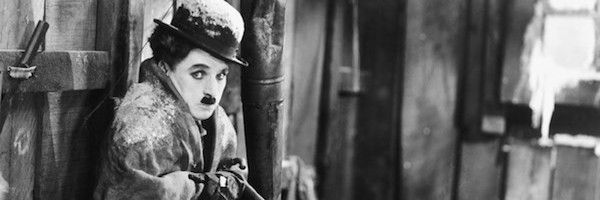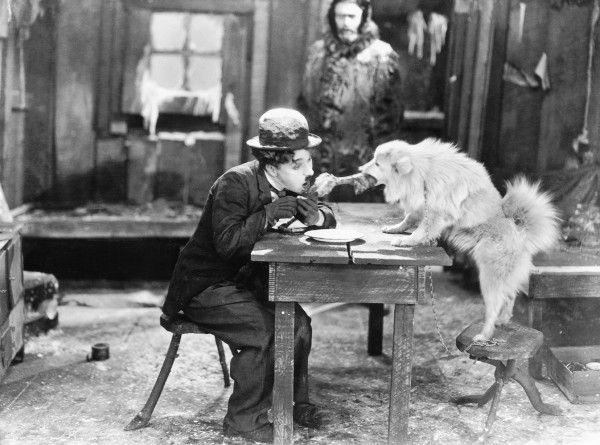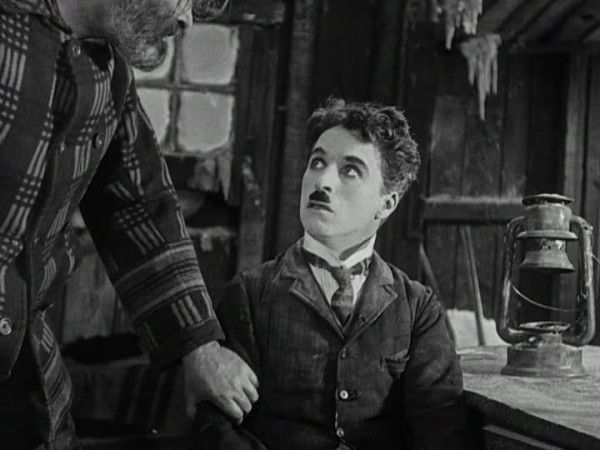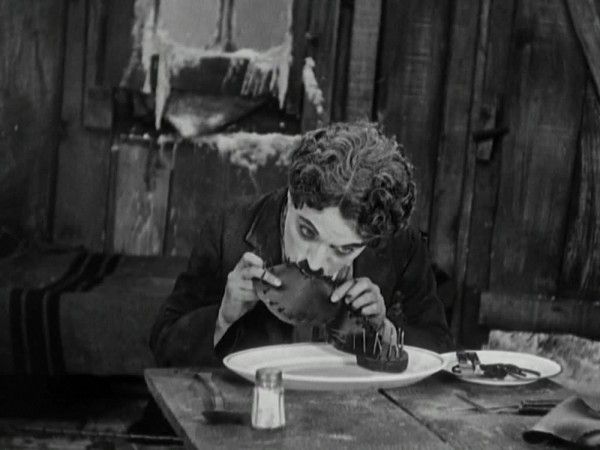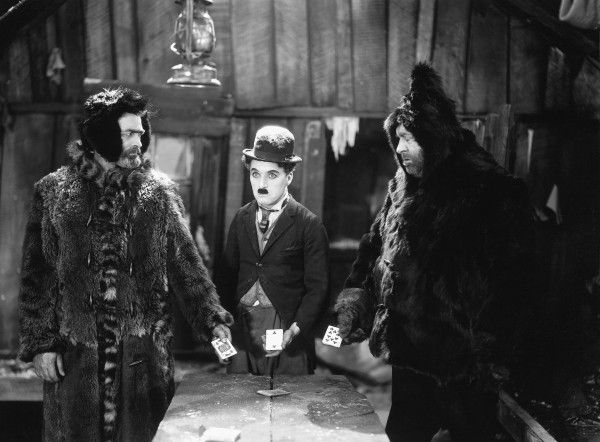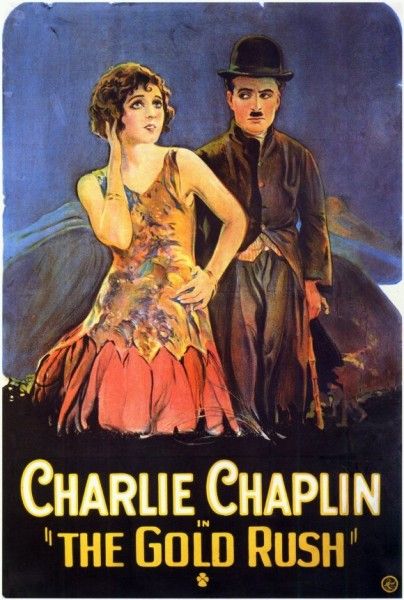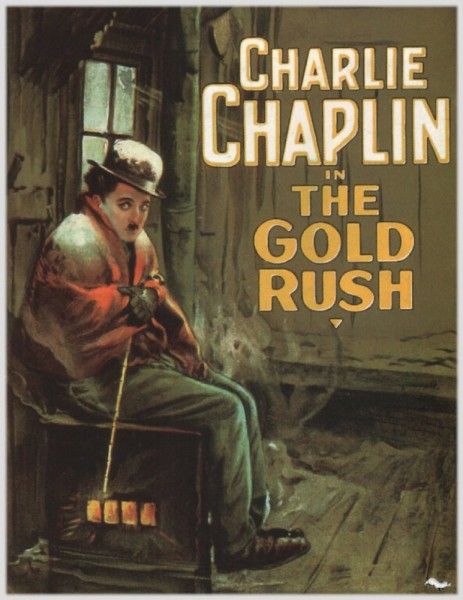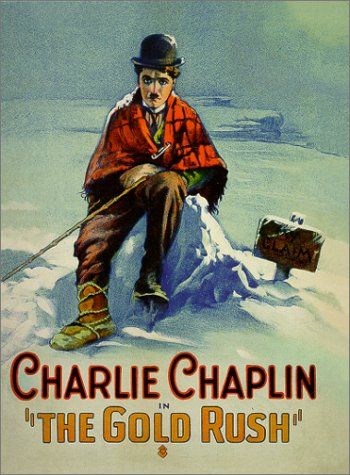Earlier this summer, Collider favorite Edgar Wright posted a list of his favorite films from cinematic history. It wasn’t a Top 10 or even a Top 100, but a list of 1,000 movies culled from over the last century. You can find the full list compiled by Wright and Sam DiSalle here, which comes with a word of warning from Wright himself:
This is a personal and subjective list of 1000 favourite movies from 100 years of cinema. It’s not a set text or intended as any bible of ‘greatest’ films. I decided to put this together as a fluid list for my own enjoyment, amusement and reference. I hope it’s fun for you to pore over and dive into some of the films you haven’t seen or haven’t heard of.
Due in part to some encouragement from Wright’s words and to some sort of self-flagellation of our own design, we’ve decided to revisit each of the films in this list and provide you with a weekly review. If we make it all the way to the end, and if you stick with us, we’ll stumble across the finish line together in just over 19 years from now. Like Wright, we’ll be tackling the films chronologically. Still solidly in the silent film era, this week we'll revisit the 1925 comedy classic The Gold Rush, written and directed by, and starring, the one and only Charlie Chaplin.
Let me get this out of the way since it might be an unpopular opinion (among those of you who care about such things or are old enough to have lived as his contemporary): Chaplin is my least favorite of the silent film trio that also includes Buster Keaton and Harold Lloyd. That's a minority opinion, and I'm aware of it, but I've always preferred Keaton and Lloyd's brand of physical humor. It's splitting hairs since the three of them have the same basic style with their own flourish--Keaton's immutable facial expression, Lloyd's glasses-wearing character, and Chaplin's Little Tramp persona--so it's just a matter of taste.
For some, watching Chaplin's woefully and hilariously underdressed and under-provisioned tramp do his cane-assisted waddle-walk along the treacherous cliffside paths of Chilkoot Pass would be cause enough to bust a gut with laughter. For me, I found it all the funnier since it had been paired with scenes and exposition stressing the grueling life of a gold prospector in the savage wilderness of the Klondike. The modern equivalent is the tourist who pays to climb Mt. Everest having never hiked before, or that guy who sits in the office all day and suddenly gets a wild hair to try a BattleFrog course one weekend; they're just not nearly as funny.
It's Chaplin's signature charm that earns the majority of the laughs (and tears) in this picture. His unnamed character, the Lone Prospector, is outmatched at every turn, be it by the weather, a burly bear of a rival prospector in Big Jim McKay, a tough-as-nails wanted criminal by the name of Black Larsen, Jack the physically imposing ladies man, or even the eventual object of his affection, Georgia, whose flighty nature is more concerned with dancing and carousing than in returning the earnest feelings of the Little Tramp. It's in this latter relationship that the real romance and tugging of the heartstrings can be found in The Gold Rush.
However, the bulk of the film follows the Lone Prospector from one slapstick sequence to the next, be it a powerful winter wind blowing him from one end of a rickety cabin through the other, a delightful Thanksgiving dinner sequence which sees him dining on his own boot with zeal, a fortuitous dance that's followed by a barroom brawl, and a climactic sequence that sees the prospector in a topsy-turvy cabin perched on the edge of a cliff. And yet the most famous scene from the film might be the saddest of them all.
Much like Safety Last! was remembered for Lloyd's stunt in which he hung from the hands of a clock on the side of a skyscraper, most folks will recognize the "roll dance" scene as being iconic for The Gold Rush. It certainly is. But it's also quite sad because it all occurs in the prospector's dream space. When Georgia and her friends forget their promise to visit the prospector for New Year's Eve dinner, he passes out at the table while waiting for them, only to entertain the lot of them with his charming antics in a delightful dream. To find him waking and still waiting at the stroke of midnight, however, is every bit as heartbreaking as the previous sequence was heartwarming.
Don't worry about the Little Tramp, though; it all works out in the end, even if he's almost eaten by Big Jim McKay who mistakes him for a giant chicken while in the depths of their snowed-in starvation. There's not much prospecting to be found, so if you're a fan of the Discovery Channel reality TV series by the same name and have stumbled here by mistake, I apologize in advance. The real treasure in this film can be found in Chaplin's well-practiced and often-imitated antics which are worth his weight in gold.
Check out the other installments in our ongoing, 19-year odyssey to review all of Edgar Wright’s 1,000 Favorite Films:
- Edgar Wright’s 1,000 Favorite Films Reviewed: ‘The Cabinet of Dr. Caligari’
- Edgar Wright’s 1,000 Favorite Films Reviewed: ‘Nosferatu’
- Edgar Wright’s 1,000 Favorite Films Reviewed: 'Safety Last!'

